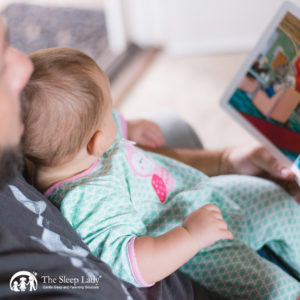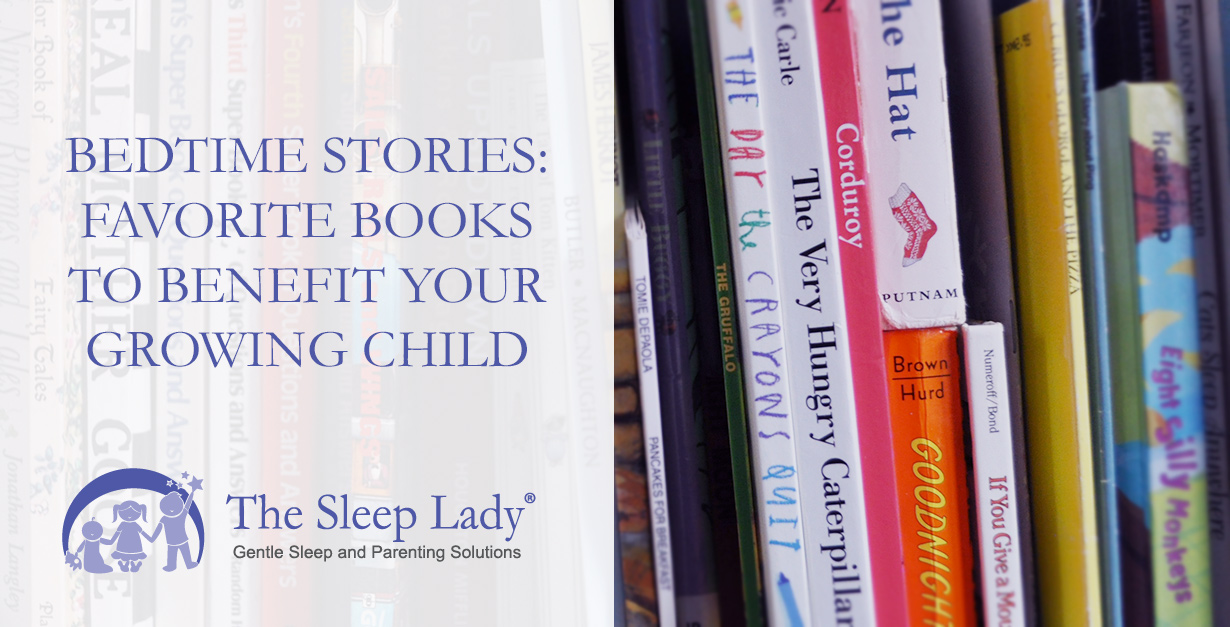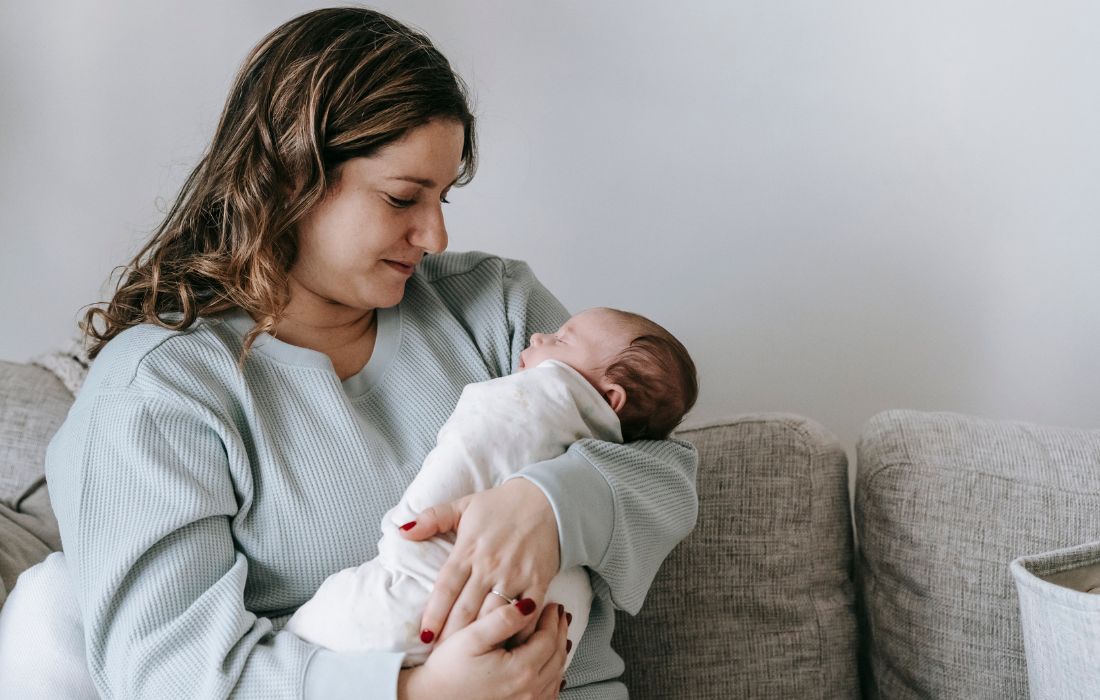Bedtime stories are a part of almost every family nighttime routine. Reading is a screen-free, quiet activity that allows babies and children to calm down before it’s time to go to sleep. Reading stories to young children has benefits beyond a bedtime routine, though.
The American Academy of Pediatrics studied the brain function of children, age three to five, to see the effects of reading aloud. They found that the areas of the brain that promote mental imagery and comprehension were activated by reading stories. Another study at The Ohio State University found that children who are frequently read to can enter Kindergarten over a million words “richer” than kids who don’t have books read to them.
Babies are Natural Bookworms
As you turn the pages of Are You My Mother for the umpteenth time, you wonder how your baby cannot be tired of this book yet. Picture books — even those you and your baby have memorized — are not just a great way to develop the brain. They do wonders for bonding and soothing, especially at bedtime.
Reading books can be a great way to cue bedtime. Some parents choose to play an audiobook, turn on cartoons, or read an illustrated — but some recent research showed that of these options, the old-fashioned book is best for developing baby’s brain.
-From The Sleep Lady’s Good Night, Sleep Tight 3rd edition
Talk To Your Baby
Your baby really loves to hear your voice. It doesn’t matter if they understand your words early on. They are picking up speech patterns and tonal differences which help them learn and process language. Additionally, babies can sense your love and affection for them in your voice. Talk and sing to your child as much as you can and they will be learning how much you love them. They’ll also become better prepared to speak for themselves.
Read To Your Baby, Too
Reading books to your child is also important. We may just assume this is a good idea because everyone tells us to do it. But there is more to reading a bedtime story to a baby or toddler than having a calm activity before bed. Pediatricians are now including a discussion on reading and providing books with parents of newborns because it is vitally connected to a baby’s intellectual development. In fact, the AAP has even urged their practitioners to include literacy in their practice.
Scientists think that children are exposed to a broader range and more diverse set of words through picture books. As a result, they are challenged to practice imagining the images suggested through the words. Later on, children who have more practice at this will be better able to make images and stories out of words themselves.

Bedtime Stories Bring You Closer To Your Child
There are huge benefits to your child’s development when you read books from an early age. This benefit goes well beyond an educational advantage. Regular bedtime reading will also help foster a close, emotionally rich relationship with your child. In time, it will help build a bridge toward discussion of deep ideas and important subjects that you will help him understand.
Growing a strong parent-child bond over years of snuggles and good books at bedtime is one of the best things about parenting. You may be dog-tired at times, but in 20 years, you won’t regret those 10 to 20 minutes a night you spent reading with your child.
Need a Good Book?
We live in an age where there is an abundance of wonderful children’s literature. There are always going to be more books available than we can possibly read to our child while they are interested, but it sure is fun trying to read them all!
You don’t need to buy them all. Start making regular visits to your local library and you will be amazed at the resources available to you for free. Many libraries allow you to reserve titles online in the comfort of your own home and then pick up your selections already collected for you at the main desk. This is a dream for the mom of young ones!
We’ve compiled a list of books to check out. Some are timeless classics, while others are modern. Most of these qualify as picture books. Picture books contain very few words in relation to the pictures — only about 500 on average — which means that each word is intentional, and the story is concise. This helps your child develop their language skills and encourages engagement through the pictures. A few have a larger vocabulary for older readers. The ages are approximate — these books are as ageless as they are timeless!
Favorite Bedtime Stories
- Pat the Bunny by Dorothy Kunhardt (age 1+)
- Goodnight Moon by Margaret Wise Brown and Clement Hurd (age 1+)
- The Very Hungry Caterpillar by Eric Carle (age 1+)
- Time for Bed by Mem Fox and Jane Dyer (age 1+)
- Your Baby’s First Word Will Be Dada by Jimmy Fallon and Miguel Ordóñez (age 1+)
- The Going to Bed Book by Sandra Boynton (age 2+)
- Little Pea by Amy Krouse Rosenthal and Jen Corace (age 2+)
- Brown Bear, Brown Bear by Bill Martin Jr. and Eric Carle (age 2+)
- Where the Wild Things Are by Maurice Sendak (age 2+)
- The Pigeon finds a Hotdog by Mo Willems (age 2+)
- Little Blue Truck by Alice Schertle and Jill McElmurry (age 2+)
- The Day the Crayons Quit by Drew Daywalt and Oliver Jeffers (age 3+)
- The Gruffalo by Julia Donaldson (age 3+)
- Corduroy by Ron Freeman (age 3+)
- Dragons Love Tacos by Adam Rubin and Daniel Salmieri (age 3+)
- The Hat by Jan Brett (age 4+)
- The Story of Ferdinand by Munro Leaf and Robert Lawson (age 4+)
- Alexander and the Horrible, Terrible, No Good, Very Bad Day by Judith Viorst and Ray Cruz (age 4+)
- If You Give A Mouse A Cookie by Laura Joffe Numeroff and Felicia Bond (age 4+)
- The Paper Princess by Elisa Kleven (age 4+)
- The Lion and the Little Red Bird by Elisa Kleven (age 4+)
- Fancy Nancy by Jane O’Connor and Robin Preiss Glasser (age 4+)
- Where Oh Where is Huggle Buggle Bear by Katherine Sully and Janet Samuel (age 5+)
- Thidwick, the Big-Hearted Moose by Dr. Seuss (age 5+)
For children who have trouble falling asleep, picture books can also be a good jumping off point for working on visualization. The Sleep Lady Dream Cards are also a great tool for visualization.
So, go ahead and curl up with your little one and a good book. It doesn’t even have to be at bedtime to offer huge benefits to your child.




